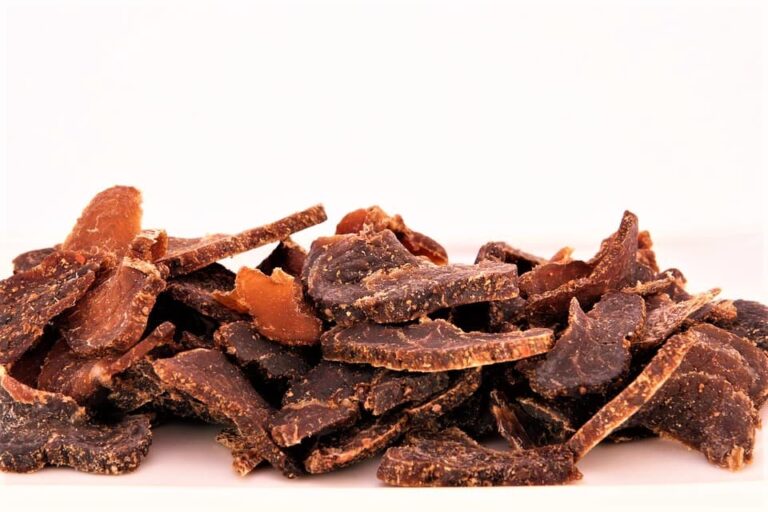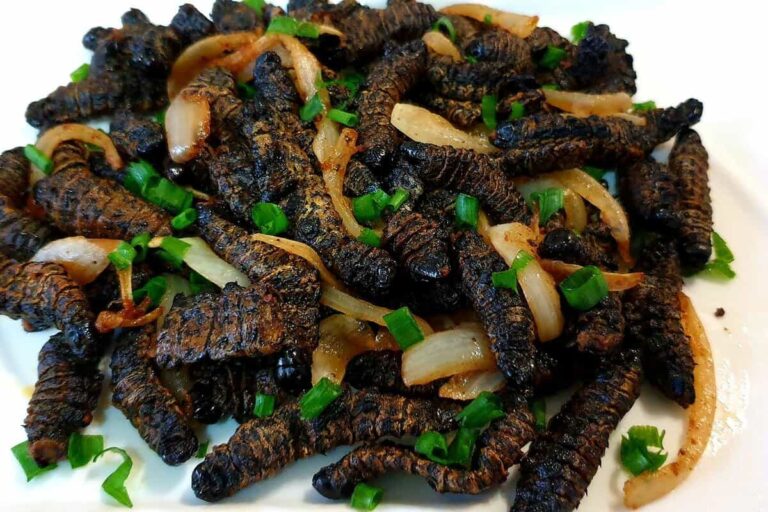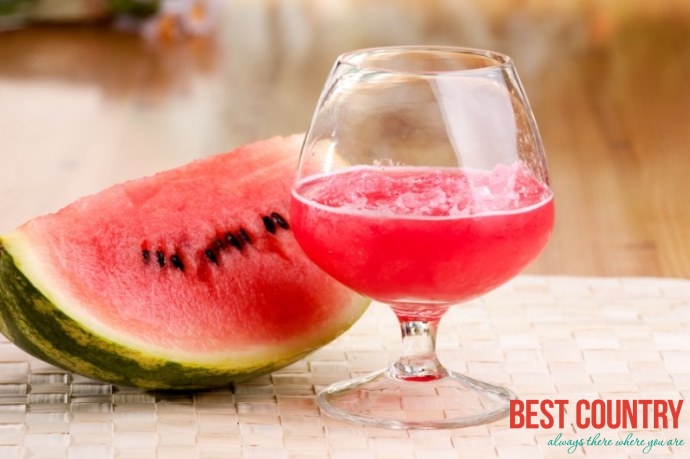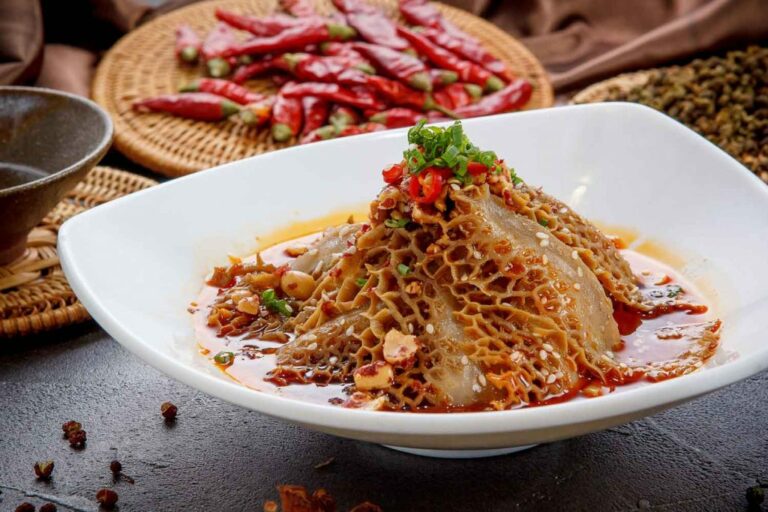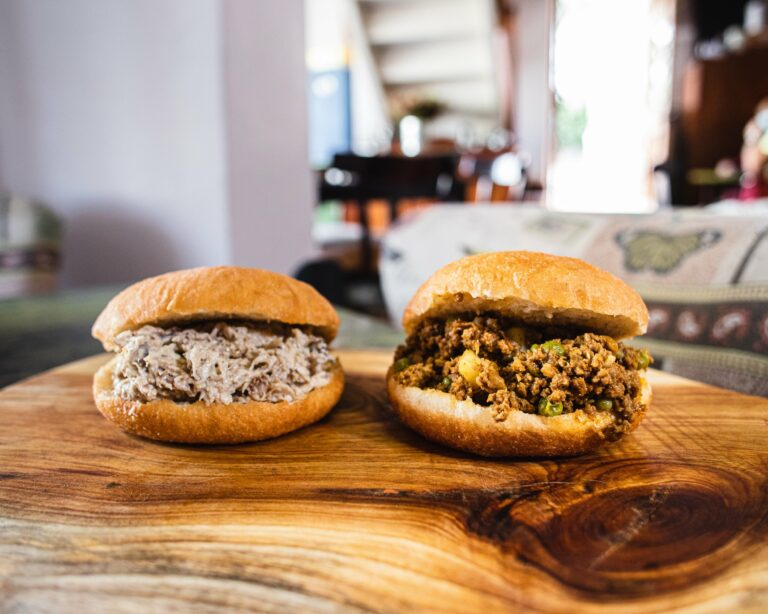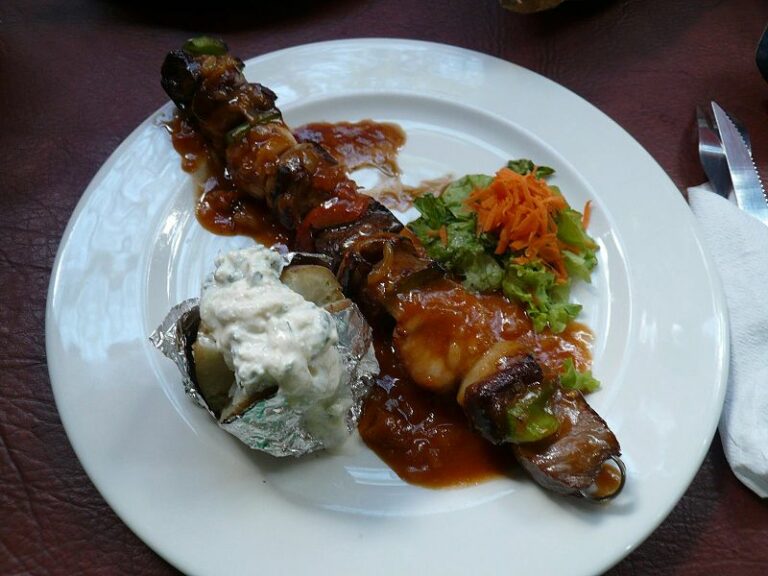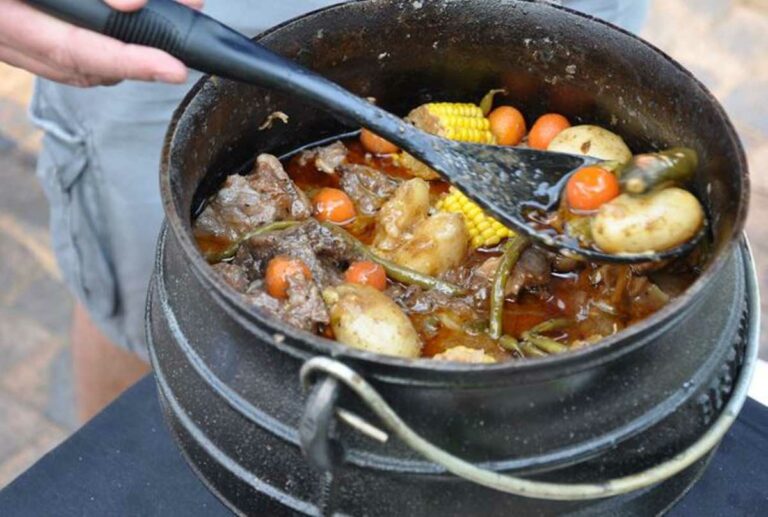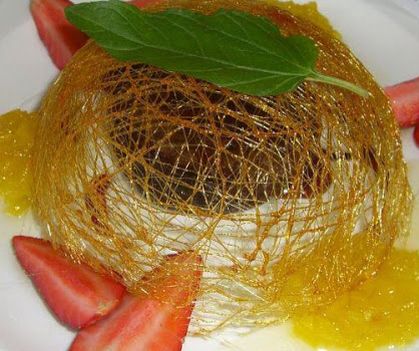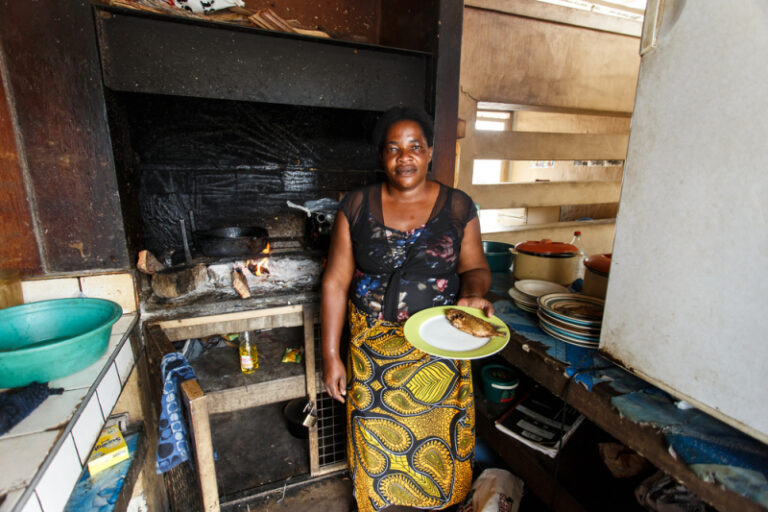Introduction: Traditional Snacking in Namibia
Namibia, located in Southern Africa, is home to a rich cultural heritage that is reflected in its diverse cuisine. Traditional Namibian snacks are a delightful way to explore this culture, and they offer a glimpse into the country’s culinary history. Namibian snacks are made with locally-sourced ingredients, and each snack has a unique taste and texture that will leave your taste buds wanting more.
In this article, we will be exploring some of the most popular traditional snacks that you can find on the streets of Namibia. From the iconic drink Oshikundu to the sweet and sour fruit snack Omajowa, these snacks are a must-try for anyone who wants to experience the flavors of Namibia.
Oshikundu: The Iconic Namibian Drink
Oshikundu is a traditional Namibian drink that has been enjoyed by the local tribes for centuries. It is a fermented drink made from mahangu (pearl millet) and is often served in calabashes or gourds. The millet is allowed to ferment for a few days, after which it is mixed with water and sieved to remove any impurities. The resulting drink is a slightly sour and tangy beverage that is perfect for quenching your thirst on a hot day.
Oshikundu can be found in most markets and street corners in Namibia, and it is usually served with a spoon to stir the millet that settles at the bottom. The drink is a great source of energy and is particularly popular during the harvesting season when farmers need to replenish their energy levels.
Kapana: The Grilled Meat Street Snack
Kapana is a popular street snack in Namibia that is made from grilled meat. The meat can be either beef or venison, and it is cooked on an open flame before being cut into small bite-sized pieces. The meat is then seasoned with salt, pepper, and spices before being served with a spicy tomato salsa.
Kapana is a great snack for meat lovers, and it is a common sight at many markets and street corners in Namibia. The snack is often served on a wooden board with toothpicks for easy eating, and it is enjoyed by locals and tourists alike.
Mahangu: The Versatile Grain-Based Snack
Mahangu is a staple food in Namibia, and it is used to make a variety of snacks and dishes. The grain is ground into flour, which is then used to make porridge, pancakes, and bread. Mahangu is also used to make a popular snack called oshifima, which is a thick porridge that is served with grilled meat or a spicy tomato relish.
Mahangu is a versatile grain that is rich in protein and carbohydrates. It is a great option for people who are looking for a healthy snack that is both filling and tasty.
Matangara: The Spicy and Crunchy Delight
Matangara is a crunchy snack that is made from plantains. The plantains are sliced thinly and then deep-fried until they are crispy. The snack is then seasoned with salt, pepper, and a blend of spices, including chili powder and cumin.
Matangara is a popular snack in Namibia, and it is often served at social gatherings and events. It is a great snack for people who enjoy spicy food, and it is perfect for munching on while watching a movie or hanging out with friends.
Omajowa: The Sweet and Sour Fruit Snack
Omajowa is a sweet and sour fruit snack that is made from the fruit of the Omajowa tree. The fruit is boiled in sugar water until it is soft and sweet. The snack is then served cold, and it is perfect for a hot day.
Omajowa is a popular snack in Namibia, and it is often sold by street vendors. The fruit has a unique sour taste that is balanced out by the sweetness of the sugar water. It is a great snack for people who have a sweet tooth but want something that is not too sugary.
Conclusion
Namibia’s traditional snacks offer a unique taste of the country’s culture and heritage. Whether you are looking for something sweet, spicy, or savory, there is a snack for everyone in Namibia. From the iconic Oshikundu to the sweet and sour Omajowa, these snacks are a must-try for anyone who wants to explore the flavors of Namibia. So, the next time you visit Namibia, be sure to sample some of these delicious traditional snacks!

